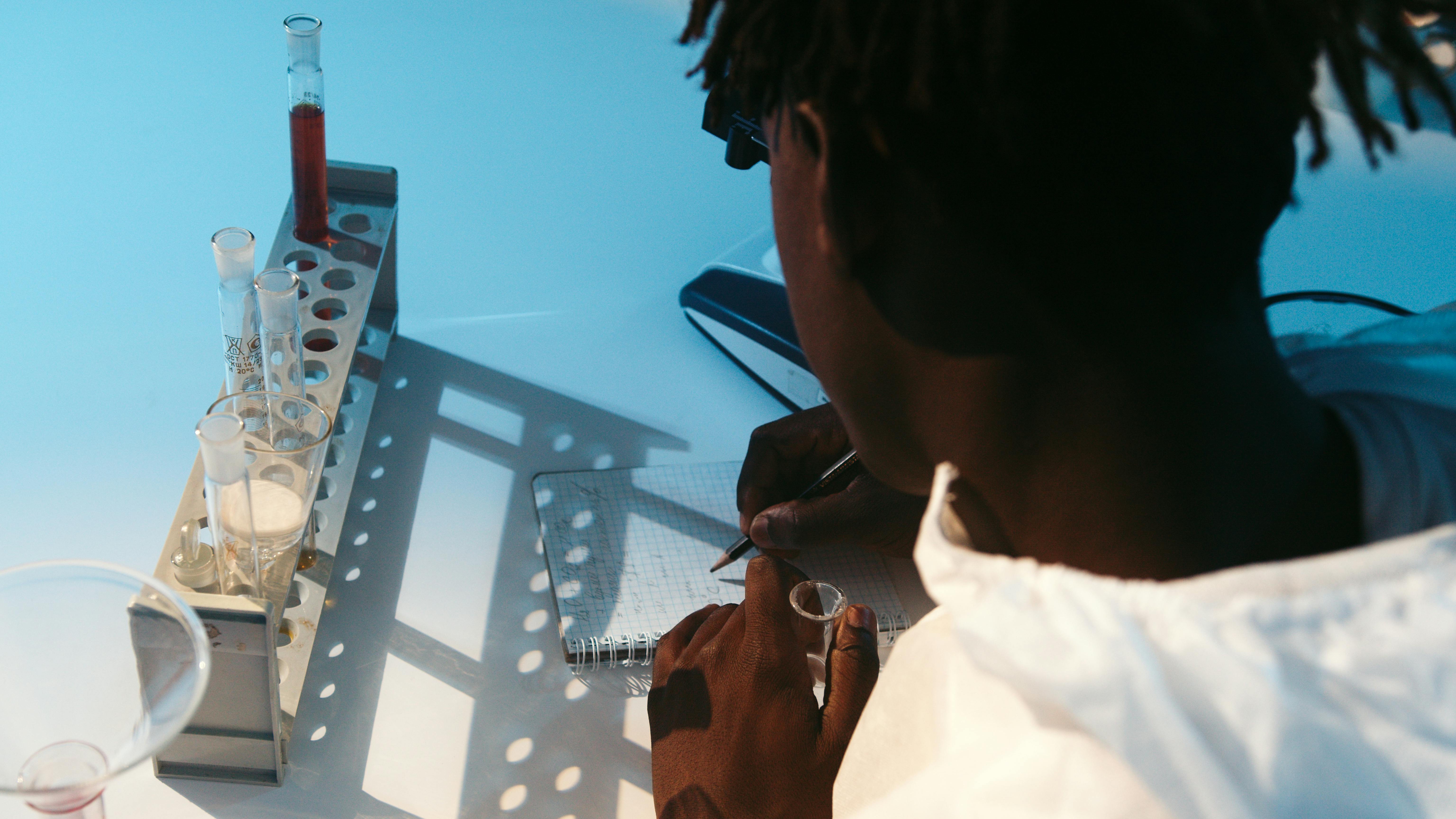The Melbourne Cup is Australia’s richest horse race and it’s the race that stops one nation, well two nations counting New Zealand. There won’t be that many people in either country who haven’t had a financial stake in the outcome of the race, even if it’s just the job draw. For many people, your annual flutter at this great race will be your only bet on the horses for the year, but if you are a once-a-year punter or like to follow the horses regularly, the advice given here may be helpful. useful for separating the wheat from the chaff when trying to narrow the field down to the likely winner.
When talking about selecting the winner of the Melbourne Cup, I’m not talking about a system based on lucky numbers or colors and just pulling names out of a hat, but I’m talking about using previous form and statistics to narrow the field down to a bunch. of contenders.
The trick is to find a horse that is likely to be in its best physical condition on Melbourne Cup day. Many horses are in good shape during the pre-Melbourne Cup races, but have gone crazy on cup day. The shape can give you some clues about it. For example, I would be wary of a horse that lines up in the Cup with form figures like 1116 and would prefer something with 002 showing that the horse ran his best race of the season in his most recent race.
Many of the previous races can provide clues as to the form of each individual horse. Some of the major preliminary races are the Cox Plate, Moonee Valley Cup, Geelong Cup, Lexius Handicap and the McKinnon Stakes. These races are all within two weeks of the Melbourne Cup. The Caulfield Cup has proven to be a good guide at times, but this is more than two weeks before the Melbourne Cup and I prefer to stick with the horses that have raced within this two week period.
Foreign horses always add a lot of international interest to the race, but it would be worth backing only those who have raced in Australia before the Cup because since Vintage Crop, an Irish-trained horse who won the Cup in 1993 on his first outing in Australia , 90 others have tried and failed to win the Cup since then, although many have placed.
